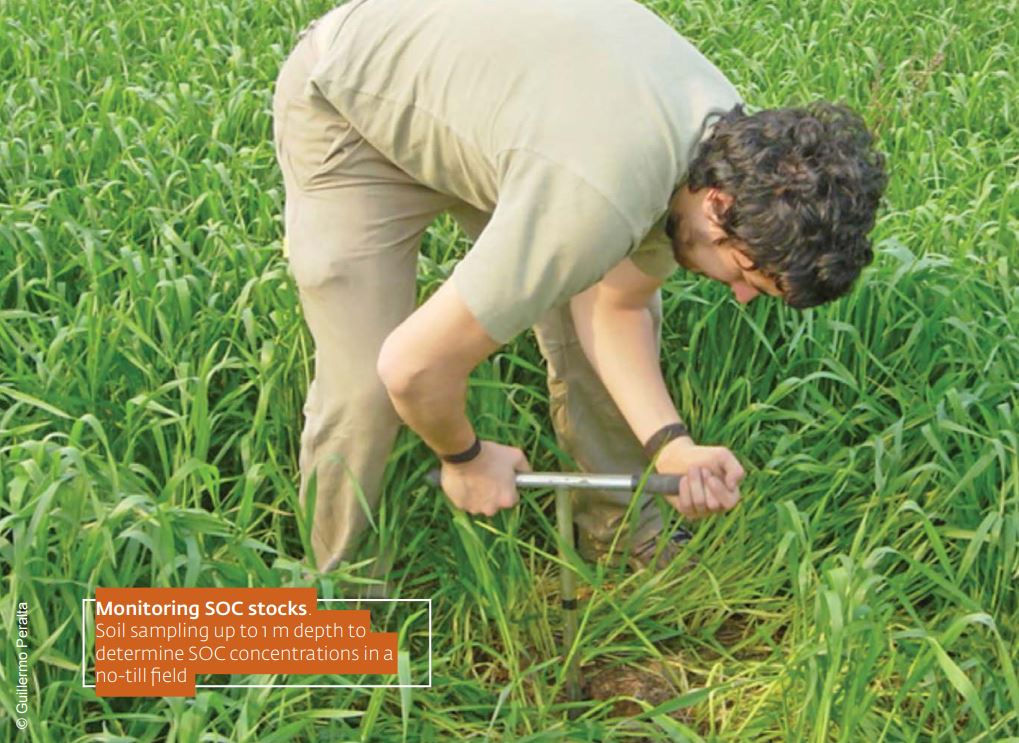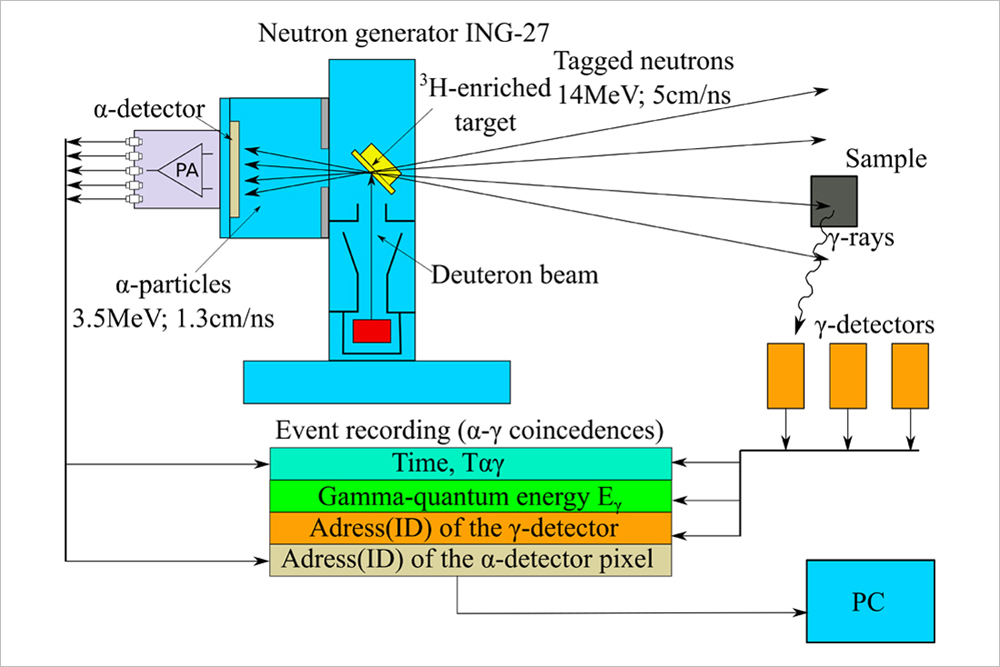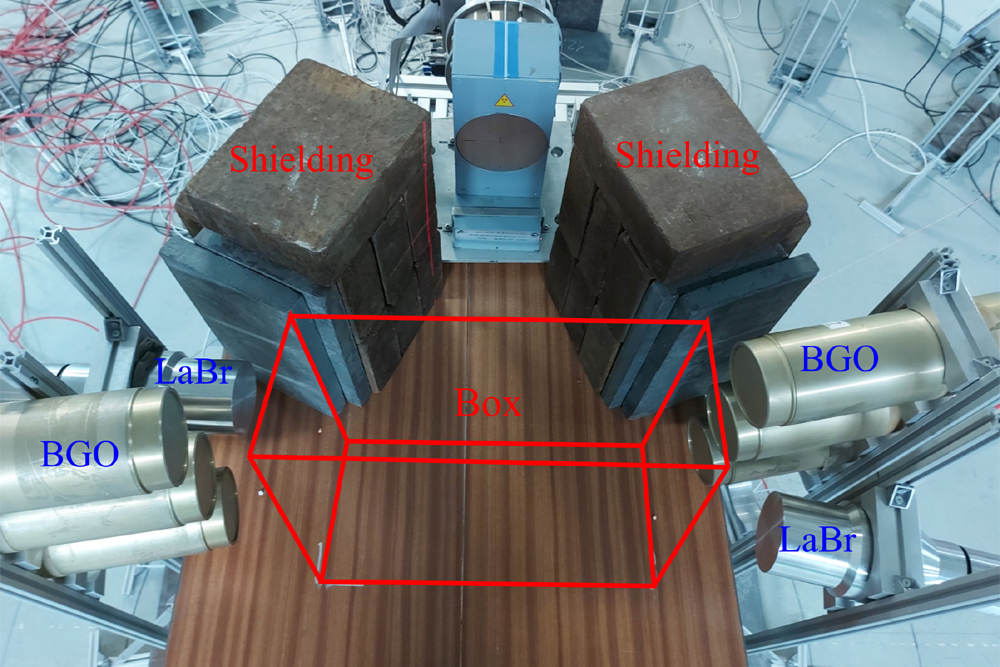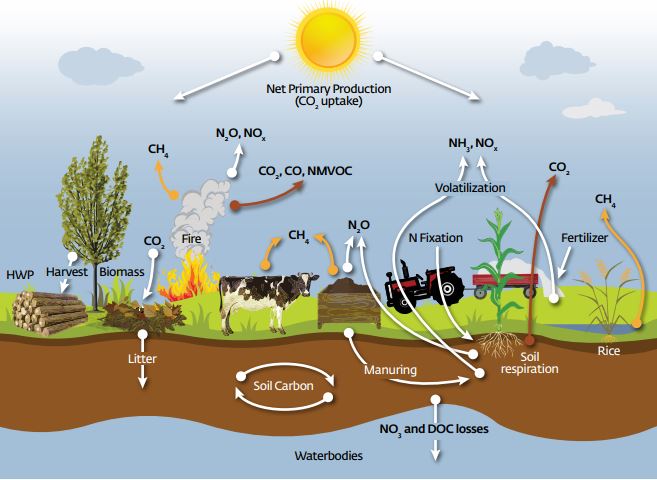Celebrating World Science Day: JINR’s contribution to climate protection
News, 10 November 2021
Participants of the TANGRA collaboration on the platform of the Frank Laboratory of Neutron Physics JINR are developing a mobile setup based on the tagged neutron method for determining soil organic carbon (SOC) content. This method allows to carry out prompt nondestructive elemental analysis of various substances and materials, in some cases without removing samples from their natural environment. The tagged neutron method is used in security systems, as well as in the mining industry, and etc.
Every year, on 10 November, World Science Day for Peace and Development or World Science Day is celebrated under UNESCO auspices. The topic of World Science Day 2021 is “Building Climate-Ready Communities”.
One of the key positions in the climate agenda is control of greenhouse gas emissions. The creation of a network of carbon test sites and farms should play an important role in building a modern system for tracking the carbon footprint – the total amount of all greenhouse gas emissions – and developing approaches to reduce it.
The start of the carbon test sites project brings new terms into our lives. For example, carbon farming is a method of conducting agribusiness, where plants capture carbon from atmosphere and keep it in the ground. This promising direction from an ecological and economic point of view requires the development of an effective methodology for monitoring the content of organic carbon in soils.
 Image © FAO. 2020. https://doi.org/10.4060/cb0509en
Image © FAO. 2020. https://doi.org/10.4060/cb0509en
The task of developing new technologies for industrial agriculture that would be adapted to region-specific conditions and at the same time provide an increase in the potential of carbon sequestration in soils and their productivity, as well as solution of other tasks within the framework of the climate agenda, implies a new level of refinement and updating of SOC data.
JINR scientists, within the framework of the TANGRA project of the Frank Laboratory of Neutron Physics, are developing a mobile setup based on the tagged neutron method (TNM) to monitor SOC in soils. Currently, participants of the project are working to determine the parameters of the method in the task of determining SOC content and their dependence on the soil composition, conditions of a particular place, as well as to select the optimal configuration of the detector system (detectors based on BGO, NaI, LaBr3, HPGe, etc.), geometry of the mobile setup.
The tagged neutron method has a number of advantages and makes it possible to carry out prompt nondestructive elemental analysis of various substances and materials – in some cases without removing samples from their natural environment, while the existing methods of analysis involve mainly field sampling and measurements in laboratory conditions. TNM is successfully used in security systems, mining industry, and etc.
The technique uses 14-MeV neutrons having high penetrating power. The use of portable tagged neutron generators makes it possible to carry out field measurements without preliminary preparation of samples under study. In the case of soil analysis, this can mean on-site field analysis without the need to extract soil samples from the ground and transport them to the laboratory. Perhaps even to perform analysis in motion.
The significance of the development is due to the fact that within the framework of agriculture of a single country, the volume of the observed carbon footprint and ability to confirm it within the framework of international recognised regulations will directly affect not only the competitiveness of, for example, grain, but also the very possibility of maintaining its position in world markets.



